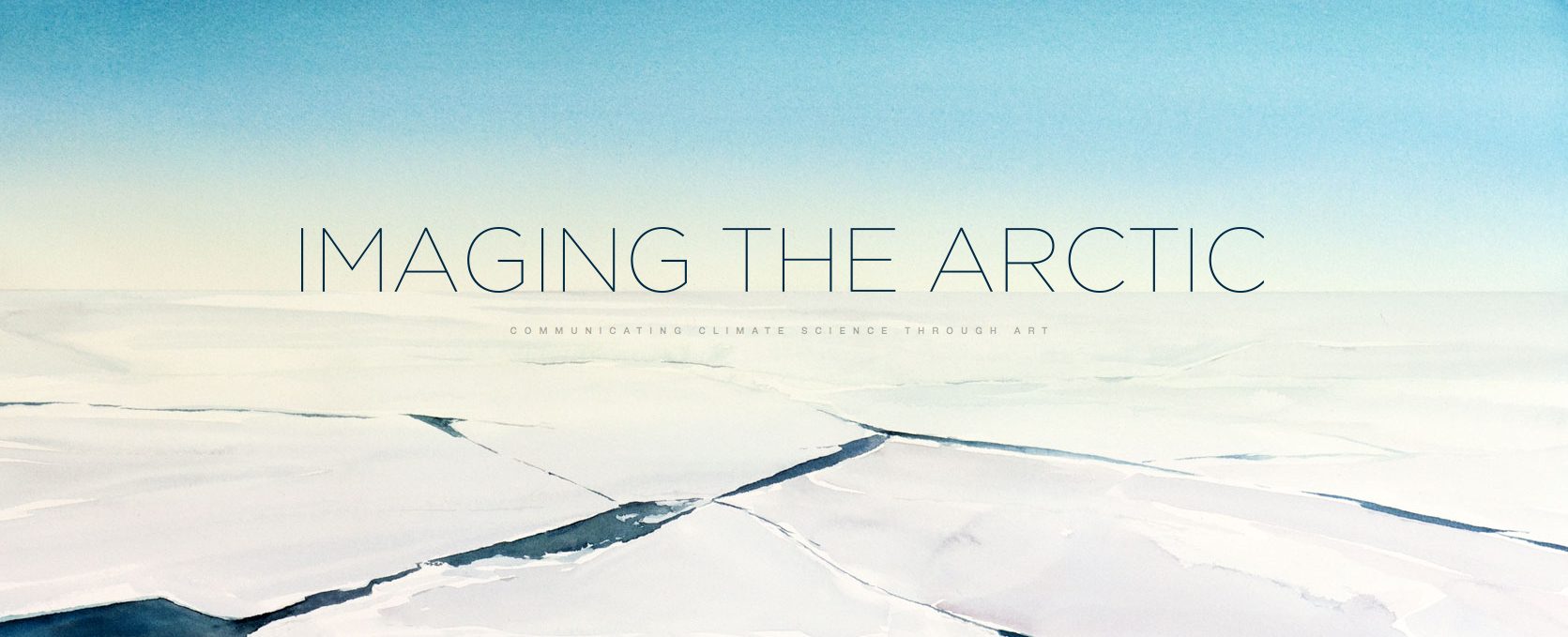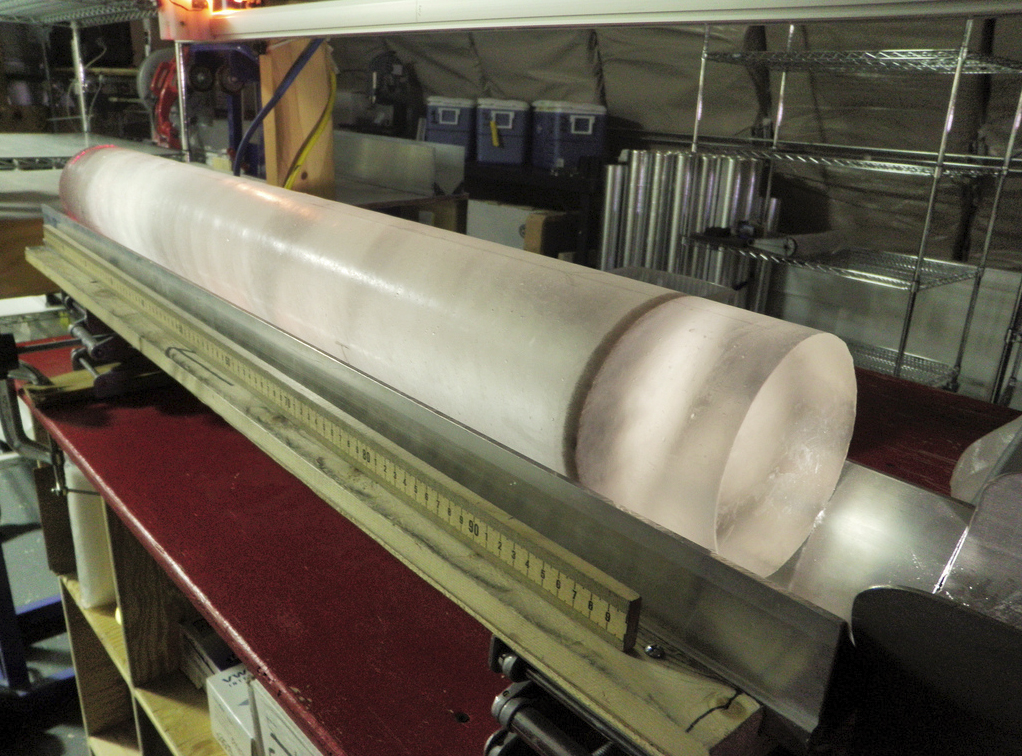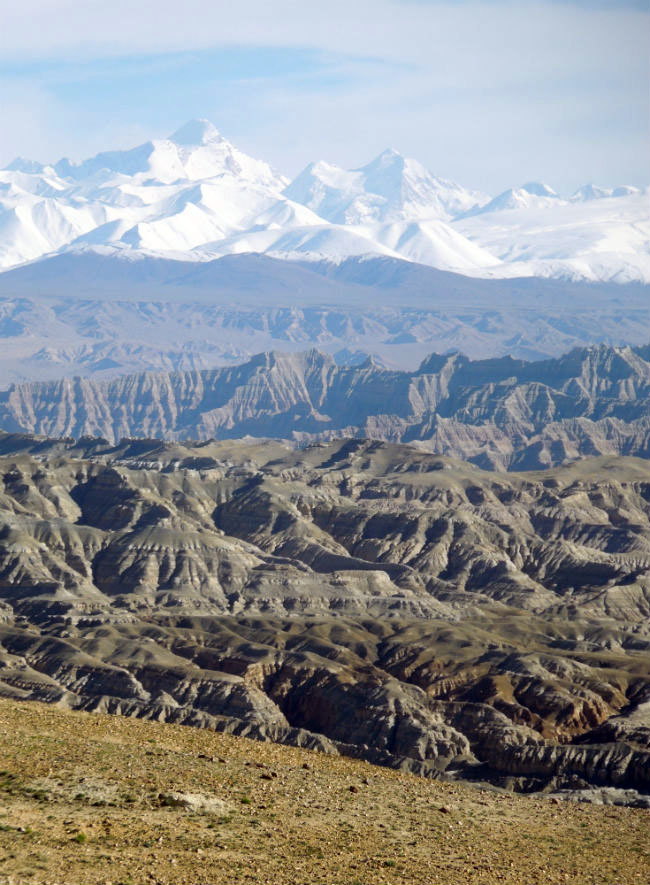Imaging the Arctic is an interdisciplinary project and exhibition that explores the ecology and culture of West Greenland through the work of University of Washington marine mammal biologist Kristin Laidre, expeditionary artist Maria Coryell-Martin, Finnish photographer Tiina Itkonen, and graphic novelist Owen Curtsinger. The project is oriented around Laidre’s research on the impact of climate change in the Arctic, and sea ice loss on narwhals and polar bears.
Read more on the Imaging the Arctic website »New study shows three abrupt pulses of CO2 during last deglaciation
A new study led by Oregon State University, with significant contributions from the University of Washington, shows that the increase of atmospheric carbon dioxide that contributed to the end of the last ice age more than 10,000 years ago did not occur gradually but rather was characterized by three abrupt pulses. Scientists are not sure what caused these abrupt increases, during which carbon dioxide levels rose about 10 to 15 parts per million—or about 5 percent per episode—during a span of one to two centuries.
Read more at UW Today »Snail shells show high-rise plateau is much lower than it used to be
New research, lead by Earth and space sciences professor Kate Huntington, is shedding light on how the Tibetan Plateau of south central Asia was at one time much higher than it is today. Its historical heights have long been debated in the scientific community, and Huntington and her team used novel research techniques — including the fossilized remains of snails that once lived in the Plateau’s ancient rivers and lakes — to help answer questions about the region’s distant past.
Read more at UW Today »Join expedition online: UW students help install cabled deep-sea observatory
Students at the College of the Environment got a taste of what doing oceanographic research is all about this summer, spending numerous days at sea aboard the UW’s giant research vessel, the Thomas G. Thompson. The project: installing an underwater, cabled ocean observatory that will give scientists a continuous presence in the Pacific waters off of Oregon and Washington.
Read more at UW Today »UW-built sensors to probe Antarctica’s Southern Ocean
The Southern Ocean plays a major role in taking carbon from our atmosphere and storing it in the ocean. Yet the finer points of what makes these waters so good at doing that are not well known. Notoriously dangerous seas, the Southern Ocean — which surrounds Antarctica — have historically been difficult for scientist to access and study. College of the Environment oceanographers are set to help change that as one of 10 partner institutions in a new National Science Foundation study.
Read more at UW Today »





